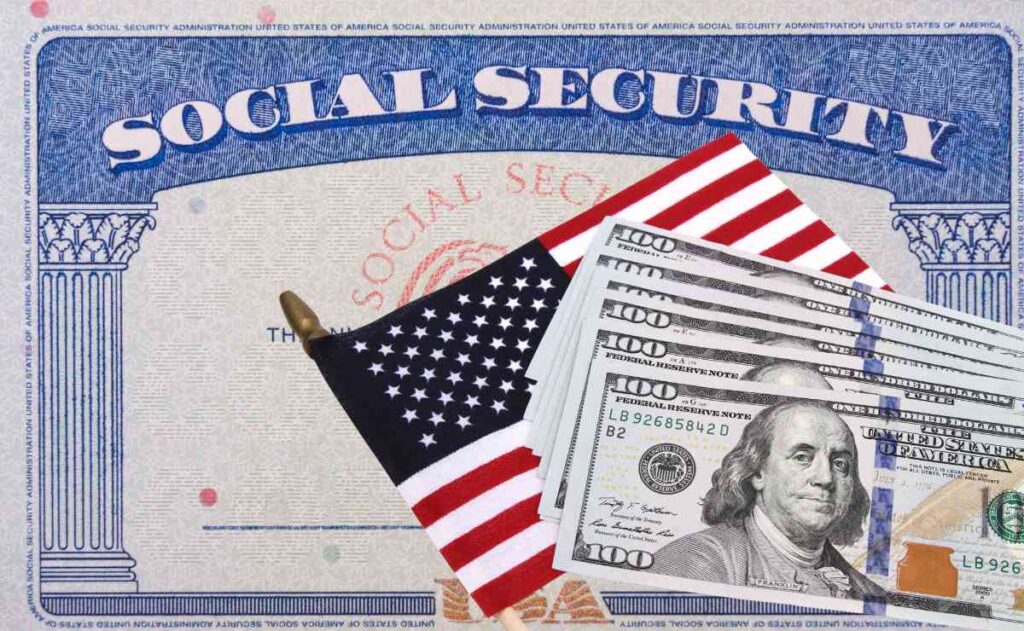If you do not qualify for the Supplemental Security Income payment on May 31, you must be wondering when your Social Security check is due. In general, retirement and SSDI benefits have similar paydays every month.
For example, if you are on SSI and Social Security, your next payday will be June. Apart from these beneficiaries, if you began collecting retirement or SSDI benefits before May 1997, you will also get money on the 3rd.
Who received $3,822 on June from Social Security?
The Administration can send out large checks in June. Retirement and SSDI beneficiaries who meet all the requirements will qualify for $3,822 on June 3, 2024. Of course, there will be other payment dates with the same maximum amounts later in the month.
SSA needs workers to have worked for at least 35 years. What is more, you must have earned the contribution and benefit base (taxable maximum) for the same time.
Make sure your employer pays the right amount of taxes and that you have jobs covered by Social Security. If you do not know the possible amount of your future benefits because you are still working, get a Statement. Filing at Full Retirement Age is essential to get $3,822 from SSA.
Are there different payment dates for Social Security benefits depending on when you started receiving them?
Social Security benefits are paid on different dates. This depends on when you started receiving them. If you started before May 1997 or get both Social Security and SSI, your schedule is different. You’ll get your Social Security on the third day of each month and SSI on the first.
- For others, the payment date is based on their birthday.
- If your birthday is between the 1st and 10th, your payment comes on the second Wednesday.
- If it’s the 11th to the 20th, expect it on the third Wednesday.
- For the 21st to the 31st, it’s the fourth Wednesday.
Sometimes, payments shift for weekends or holidays. Then, you receive it earlier.
What are the average amounts for Social Security Disability Insurance and retirement benefits?
Retirees will generally receive more money from Social Security than disability recipients on SSDI. This is because they had more time to pay taxes and their disability prevented them from filing later.
Currently, the average retirement benefit is worth $1,915 as of April 2024. If you are on SSDI, the average payment is worth about $1,537. Although this average check has increased for retirees since January, SSDI recipients’ average amount has remained unchanged.
Do not forget that spouses and dependents may qualify for Social Security on your record. Spouses of retired workers can get $911 on average while spouses of workers with a disability just $418.
What factors influence the adjustment of Social Security benefits for retirees and SSDI recipients?
Factors Influencing Social Security and SSDI Benefit Adjustments
Cost-of-Living Adjustments (COLAs)
Starting in January 2024, retirees will receive an increase to counter inflation. This impacts their extra benefit income.
Medicare Part B Premiums
The deduction for Medicare Part B from Social Security checks lowers the net benefit.
Taxes
Taxes withheld from benefits reduce the net income for retirees and SSDI recipients.
Population Changes
Shifting population numbers and eligibility criteria impact the number of disability recipients.
Disability Rates
Health, disease, social factors, and economic conditions affect disability rates and program sizes.
Job Market Conditions
A weak job market leads to more disability applications and fewer approvals. Also, job loss and income cuts boost eligibility chances.
Applicant Details
The age, sex, and impairments of applicants influence their approval rates. Older age and specific diagnoses often lead to higher approvals.
How does the Social Security Administration determine the amount of benefits for retirees and SSDI recipients
The Social Security Administration calculates benefits for retirees and SSDI recipients. It considers their lifetime earnings and work history. Here is how benefits are calculated.
For Retirement Benefits:
Benefits are tied to your earnings over your life. These earnings are adjusted for wage changes. The SSA then calculates your average indexed monthly earnings (AIME) for your top 35 earning years. It uses a formula to find your primary insurance amount (PIA). This is the benefit you get at full retirement age. Your benefit can change based on early or late claims, cost-of-living adjustments, and if you’re a government worker with a pension.
For Disability Benefits (SSDI):
- To get SSDI, you need a specific number of work years, which varies by age. Younger people need fewer years.
- Your benefits are based on your pre-disability earnings and are not reduced for early claims.
- Additionally, your family may qualify for benefits.
- If you’re related to a retired or disabled worker, you might be eligible. However, there are limits.
- The aim is to partly replace your pre-retirement earnings, mainly for those with lower incomes.
